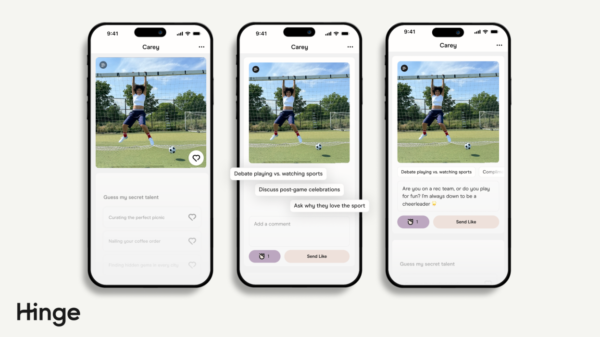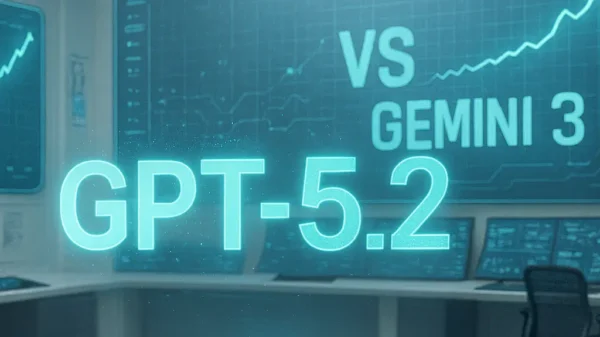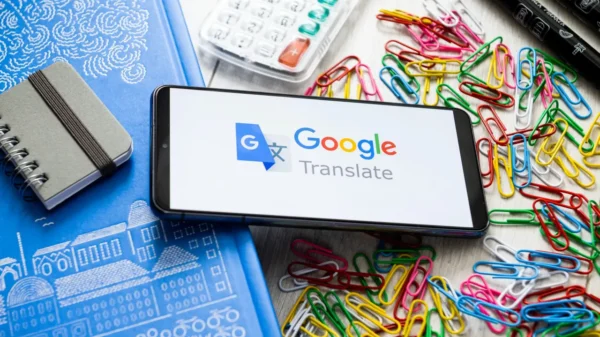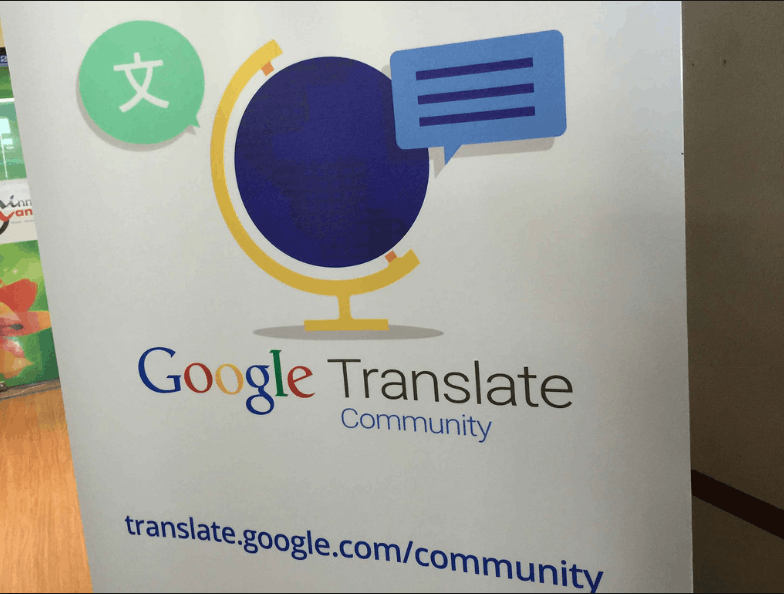Until now, taking advantage of Google’s ever-improving AI-powered translation service required a constant internet connection and some serious data commitments. But it looks like those requirements are about to disappear.
There has always been a version of Google’s translation service that was available to download and use offline, know as the Google Translate Dictionary. This app, however, lacked many of the best and most advanced features of the online version, such as the adaptive AI translation program. This made many of its translations too literal to be useful, as they couldn’t take advantage of the mountains of user feedback and suggestions received by the AI version. The system was also quite restrictive in nature, requiring users to type translations into a linear interface. This might have been useful for reading a foreign phonebook or taking shortcuts on some fill-in-the-blank Spanish homework questions, but it proved strikingly less useful for translations necessitating any kind of speed or discretion, such as translating signs in a busy marketplace or figuring out road directions while driving.
Google’s AI service changes all of that. The AI will not only be more liberal and adaptive when it comes to translations, it will also allow the device to translate languages using an AR functionality of sorts. A sample image from Google shows the app being used to replace text from a foreign sign to English. This feature, which is available now in this now-downloadable AI update, works well enough for the moment but is certainly in need of improvements. First, similar to many other AR functions, the system is a battery glutton, burning through percents as it constantly recalculates its environments. Second, the app seems to have a hard time deciding on a translation. As we moved the video camera across different signs and displays, the app seemed to rapidly change its mind on which translation it thought was correct. Words changed second by second as the system focused and unfocused on different symbols and letters. Taking a photo and giving the AI a second or two to analyze it would quickly cement the system’s final decision into a pretty accurate answer, but the feature’s real-time video functionality certainly left much to be desired.
Although the AI releases today, not all languages will be available at launch. Each of the planned 59 languages, all of which can be translated at will too or from any other language, will be available over a set period of time as Google develops and rolls them out to users one by one. Since the new functions are accessible offline, each language must be individually downloaded from Google, and each download will take up about 40 – 50 MB from your phone’s storage. While this will allow many languages to be used in quick succession without taking up too much device memory, we are not currently sure how the app will handle with many different languages installed. As apps use more and more memory, it is common for their operations to slow down with more and more options available to them. Users remain hopeful that Google will manage the app’s memory consumption effectively to preserve ease of use across many language packs.
This update is so significant that it could almost be its own new app, but it comes free as an addon to the classic Google Translate application. The AI upgrade is available for free in the application markets for both iOS and Android devices, so be sure to check out the new and enhanced translation interface available now for smartphone users worldwide.

















































